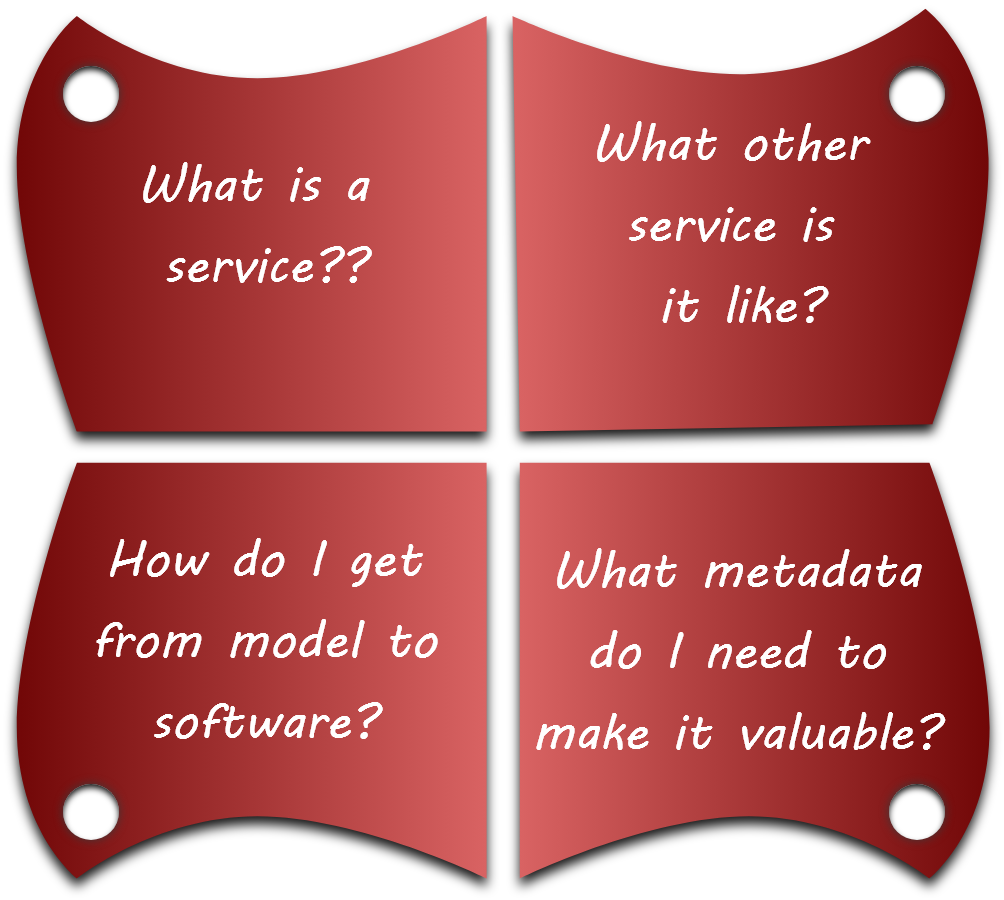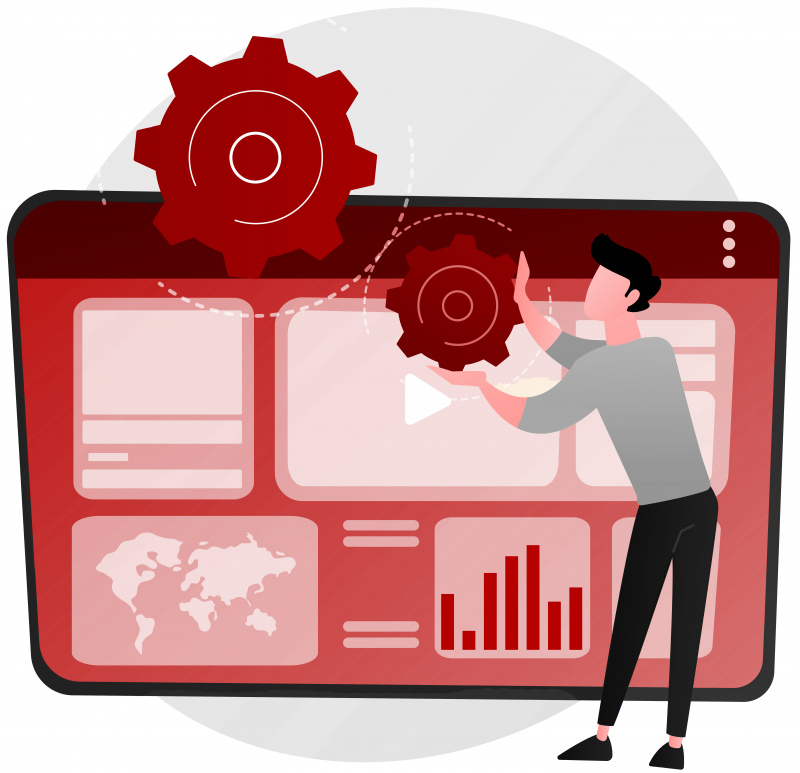Modeling Service
- Definition of Service
- Service Capabilities
- The performance of materials business
- Definition of Service-Oriented Architecture
- Calling Service
- Candidates of Service
- Types of Service
- Modeling Service
- Documenting Service
- Support of Services
- Reference architecture and its purposes
- Parameters of the reference architecture
- Analysis of a pilot project
- Creating the rule on service
Service-Oriented Architecture
Use BPMS Netrise to provide your business in the form of services to others and benefit from the services available in the execution of your processes.
After choosing the service candidate, you should proceed to modeling, using certain techniques architectural modeling use . Techniques such as:
1- Generalization
2- Parsing
3- Compilation

- generalization technique
Analyze the service to determine what it conceptually represents. In object-oriented programming, this They say "Is a relationship?" That is, the stage where you want to know that it is better to extend the service pay yourself
That the customer and the employee are both human is a good degree of generalization, but that the human being is a thinking being cannot Be a good generalist in your business.
The main problem is that we do not look general enough in the design, and this causes us to understand the different components aligned and If we don't act properly, in this case, the occurrence of complex and uncoordinated interface will be inevitable. Which means defeating the goals The architecture is service oriented.
- Analysis technique
Analyze the service to determine what other elements it consists of. With this work, entity services and services Applications will be revealed that it is better to operate these types of services separately and independently. Sometimes our process consists of Other processes are independent, so it should be noted that the better the service is segmented, the usability and combination It will be more.
- collection technique
Analyze the service to determine what elements it may be a part of. These elements can be processes existing services or service candidates themselves. In object-oriented programming, this is called "Has A Relationship".

By using the mentioned techniques, you can achieve combinable services. These techniques are basic and very Efficient, but other aspects should be considered for modeling. We will examine these aspects in the following:
Reusability:
This aspect should be thoroughly checked in your company when making the contract and when analyzing the service.
SOA Security:
We model this aspect when building the service. For the object, the security model may include SAMI, A Policy Enforcement Point, Transport security or other related scales. And these cases are generally revealed in enforced policies.
Interactivity:
Be sure to address this aspect when modeling the service, because one of the goals of services is interactivity. And this work with Knowing the types of platforms you work with is achieved.
Service Level Agreements:
Your service may need to change flags in hundreds of milliseconds or react quickly vs. practical seconds It is especially important in service-oriented architecture because services are often reused and analyzed The ones that take place in the process stage determine for the business what expectations (Service Level Agreement) are can have
Measurement:
It is possible that your service works in the working area of many other services and in such a case to ensure That you are able to reuse and, by creating appropriate security restrictions, you can use the Service to serve others use, the service must be scaled appropriately.
Contractuality:
Modeling should specify which element features you will need throughout the service contract. Some of them They can be direct features of the service and the rest can be classified as metadata, some may be non-functional be and...
Process:
Process analysis is a discipline in itself and probably very unfamiliar to object oriented programmers. because The business process itself can appear as a service and because the business process also uses services It is important to understand the application of IT from this point of view.
Therefore, in the modeling stage, in addition to your ability to analyze object orientation, pay attention to the mentioned items.





